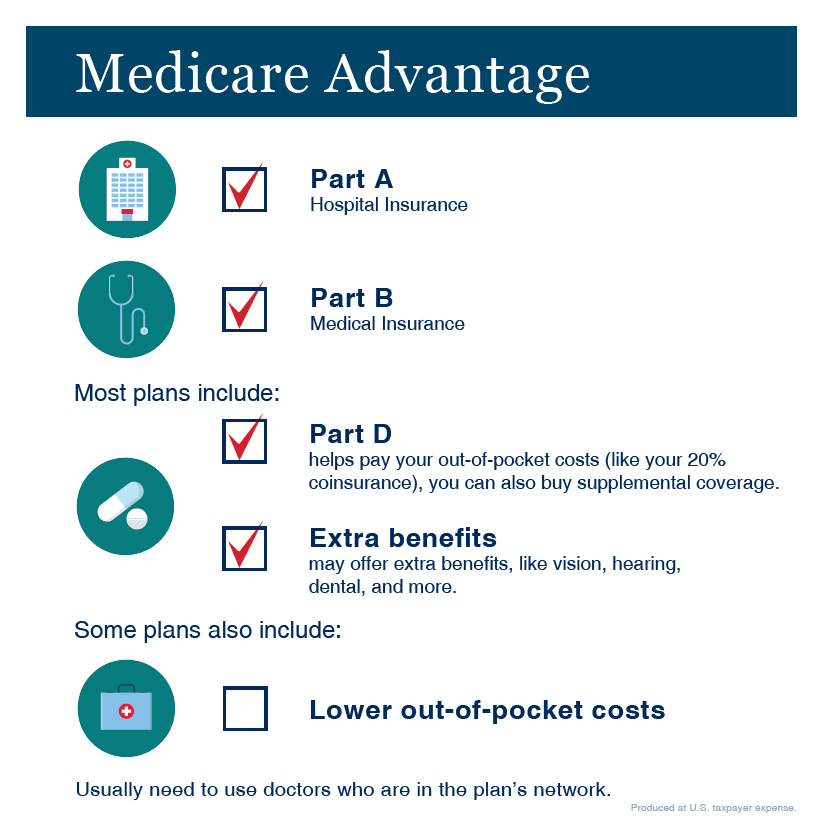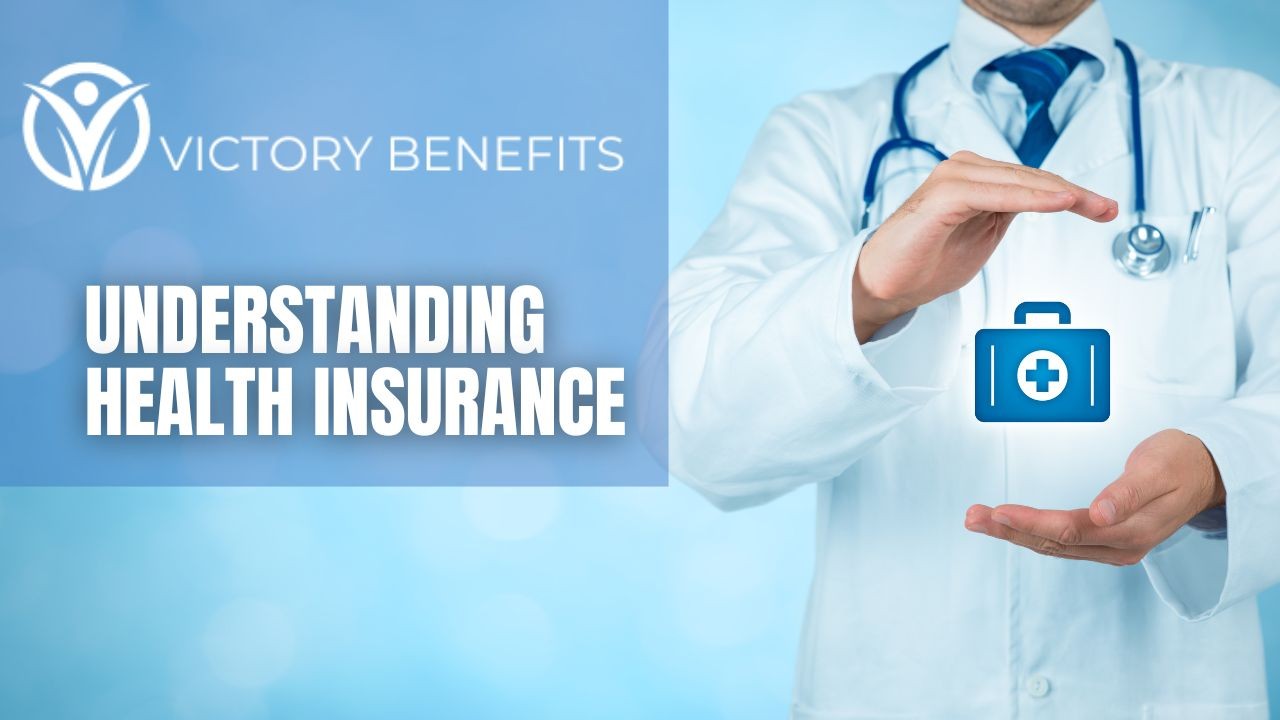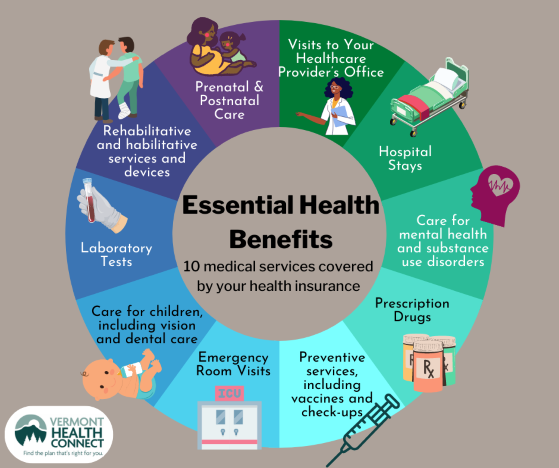The Facts About Medicare Advantage Agent Revealed
The Facts About Medicare Advantage Agent Revealed
Blog Article
Medicare Advantage Agent - Questions
Table of ContentsNot known Facts About Medicare Advantage AgentMedicare Advantage Agent Fundamentals ExplainedMedicare Advantage Agent - An Overview

adheres to from puzzling the reasonably young age account of the without insurance with the much better health and wellness, usually, of younger individuals. This obscures the web link in between wellness status and medical insurance. For those without access to office health insurance policy, bad health is a potential barrier to buying nongroup coverage because such insurance coverage may be highly valued, exclude pre-existing conditions, or be merely unavailable. The number of without insurance Americans is not particularly large and has not changed recently. 7 out of 10 participants in a country wide depictive study assumed that fewer Americans did not have medical insurance than actually do(Fronstin, 1998). Roughly fifty percent(47 percent )thought that the number of individuals without medical insurance reduced or remained consistent over the latter fifty percent of the last decade(Blendon et al., 1999). This decline of nearly 2 million in the variety of people 'without insurance (a reduction
of around 4 percent)is definitely a positive change. With a softer economy in 2000 the most up to date reported gains in insurance policy protection may not proceed(Fronstin, 2001 ). The decline in the variety of uninsured will certainly not continue if the economic climate continues to be slow and health and wellness treatment costs remain to outpace rising cost of living. This is because the data were accumulated for a duration of strong economic performance. Of the approximated 42 million individuals that were without insurance, just about regarding 420,000(concerning 1 percent)were under 65 years old, the age at which most Americans end up being eligible for Medicare; 32 million were grownups between ages 18 and 65, around 19 percent of all adults in this age team; and 10 million were kids under 18 years of age, about 13.9 percent of all youngsters (Mills, 2000). These quotes of the number of individuals uninsured are created from the yearly March Supplement to the Present Populace Survey (CPS), performed by the Demographics Bureau. Unless or else kept in mind, nationwide price quotes of individuals without wellness insurance and percentages of the population with different kinds of protection are based upon the CPS, the most extensively used source of price quotes of insurance policy protection and uninsurance rates. These studies and the estimates they yield are explained briefly in Table B. 1 in Appendix B - Medicare Advantage Agent. These studies differ in dimension and sampling approaches, the inquiries that are asked regarding insurance policy
The smart Trick of Medicare Advantage Agent That Nobody is Talking About
coverage, and the time period over which insurance policy coverage or uninsurance is gauged(Lewis et al., 1998, Fronstin, 2000a ). Still, the CPS is particularly beneficial since it creates annual quotes fairly promptly, reporting the previous year's insurance policy coverage approximates each September, and because it is the basis for a regular collection of price quotes for greater than 20 years, permitting analysis of trends in coverage gradually.

The Main Principles Of Medicare Advantage Agent
Over a three-year duration beginning early in 1993, 72 million people, 29 percent of the U.S. population, were without insurance coverage for at the very least one month. Within a single year(1994), 53 million individuals experienced at the very least a month without insurance coverage(Bennefield, 1998a). Six out of every ten uninsured adults are themselves utilized. Although functioning does improve the possibility that and one's household participants will have insurance policy, it is not a warranty. Even members of families with two full-time wage income earners have virtually a one-in-ten opportunity of being without insurance (9.1 percent without insurance price)(Hoffman and Pohl, 2000 ). The partnership between health insurance coverage and access to care is well developed, as recorded later in this chapter. Although the partnership between health insurance coverage and health and wellness results is neither direct nor straightforward, a comprehensive scientific and health here are the findings and wellness services research literature web links health and wellness insurance coverage
to improved access to care, better top quality, and enhanced personal and populace wellness status. The second record, on individual wellness results for uninsured grownups, is represented by the inner circle of the figure, while the third report, on household health, encompasses the subjects of the 2nd report but stresses a different device of evaluation, namely, the family. The 6th report in the series will provide details about strategies and initiatives carried out in your area, statewide, or country wide to resolve the absence of insurance policy and its negative effects. Degrees of analysis for analyzing the impacts of uninsurance. This conversation of health insurance policy coverage concentrates largely on the U.S. populace under age 65 due to the fact that basically all Americans 65 and older have Medicare or various other public insurance coverage.
It concentrates specifically on those without any kind of health insurance policy for any size of time. The issues dealt with by the underinsured remain in some aspects comparable to those faced by the uninsured, although they are generally less severe. Uninsurance and underinsurance, nonetheless, involve noticeably different policy issues, and the methods for resolving them might differ. Throughout this research and the five records to follow, the main emphasis is on persons without health and wellness insurance and therefore no assistance in paying for health and wellness care beyond what is readily available via charity and security net organizations. Health insurance is a powerful factor influencing receipt of treatment due to the fact that both clients and doctors right here react to the out-of-pocket price of solutions. Medical insurance, nonetheless, is neither required neither enough to get to clinical solutions. The independent and direct impact of health and wellness
insurance insurance policy on access accessibility health wellness solutions well establishedDeveloped Others will certainly obtain the wellness care they need also without medical insurance, by spending for it expense or seeking it from providers that provide care cost-free or at extremely subsidized rates. For still others, wellness insurance coverage alone does not make certain invoice of care due to other nonfinancial obstacles, such as an absence of health and wellness care companies in their neighborhood, minimal accessibility to transportation, illiteracy, or linguistic and social distinctions. Formal research about uninsured populaces in the USA dates to the late 1920s and very early 1930s when the Committee on the Cost of Healthcare generated a collection find more information of reports about funding medical professional office gos to and hospitalizations. This problem became prominent as the numbers of medically indigent climbed throughout the Great Clinical depression. Empirical studies constantly support the link between access to care and enhanced health outcomes(Bindman et al., 1995; Starfield, 1995 ). Having a regular source of care can be thought about a predictor of access, as opposed to a straight step of it, when health end results are themselves utilized as accessibility indicators. This extension of the idea of accessibility measurement was made by the IOM Committee on Keeping An Eye On Gain Access To to Personal Healthcare Provider(Millman, 1993, p. Whether parents are insured appears to influence whether their children obtain treatment along with how much careeven if the children themselves have insurance coverage(Hanson, 1998). The wellness of parents can affect their capacity to look after their kids and the degree of household stress. Stressing regarding their youngsters's access to care is itself a resource of tension for moms and dads. Three chapters comply with in this record. Phase 2 gives a summary of exactly how employment-based health and wellness insurance, public programs and specific insurance coverage plans run and connect to provide comprehensive but insufficient coverage of the united state population. This consists of an evaluation of historical fads and public laws influencing both public and personal insurance, a conversation of the interactions amongst the various kinds of insurance policy, and an assessment of why people move from one program to one more or finish up

Report this page